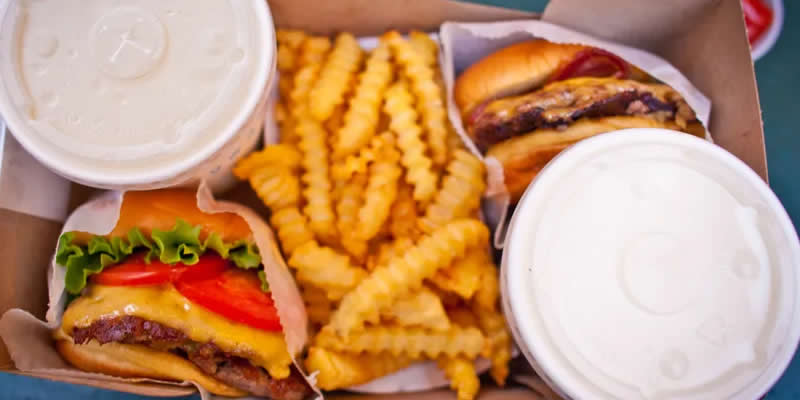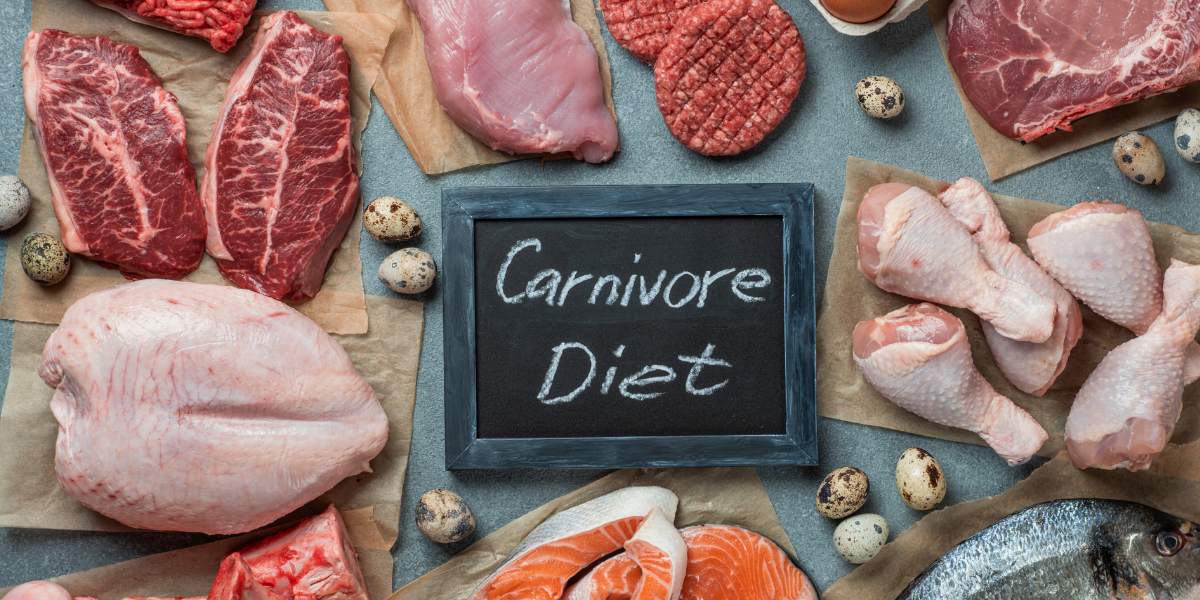People still rely on ‘hunter-gather instincts’ adopted by our ancestors when it comes to finding high calories foods, a new study has found.
Research involving more than 500 people found they were better at remembering the location of junk foods, regardless of how much they enjoyed it or how familiar they were with the items.
The study, carried out in the Netherlands, involved asking people to follow a fixed route around a room.
- Could making junk food packaging plain make foods less appealing?
- Government set to ban junk food adverts till 9pm
They had to seek out either eight food samples, such as apples, brownies, crisps and cucumbers or eight food-scented cotton pads.
Once a sample was found each participant had to taste the food or smell the cotton pad and rate how much they liked it.
Each individual was then given a map of the room and asked to recall the location of each food sample and cotton wool pad they had found.
When it came to the findings, the researchers discovered that people presented with food samples were 27% more accurate at remembering where they discovered the high-calorie foods than the healthier options.
There was 28% accuracy when it came to the food odour sample locations.
The authors concluded: “We found that individuals incidentally learned and more accurately recalled locations of high-calorie foods – regardless of explicit hedonic valuations or personal familiarity with foods.
- Low Carb Program ranked #1 for Type 2 Diabetes Prevention in the Best Health Apps List 2020
- Cutting out junk food could prevent damage to male fertility
“In addition, the high-calorie bias in human spatial memory already became evident within a limited sensory environment, where solely odour information was available.
“These results suggest that human minds continue to house a cognitive system optimised for energy-efficient foraging within erratic food habitats of the past, and highlight the often-underestimated capabilities of the human olfactory sense.”
The findings have been published in Nature’s Scientific Reports journal.





